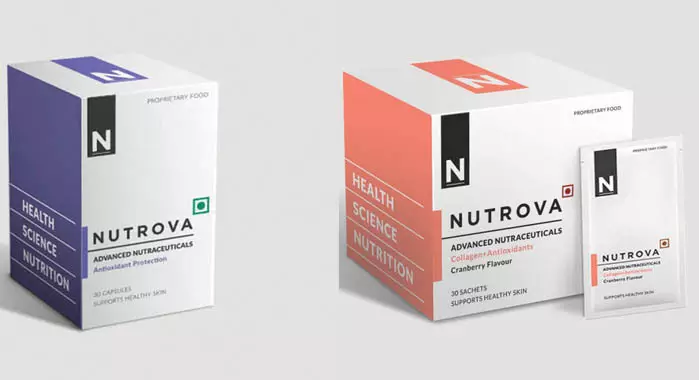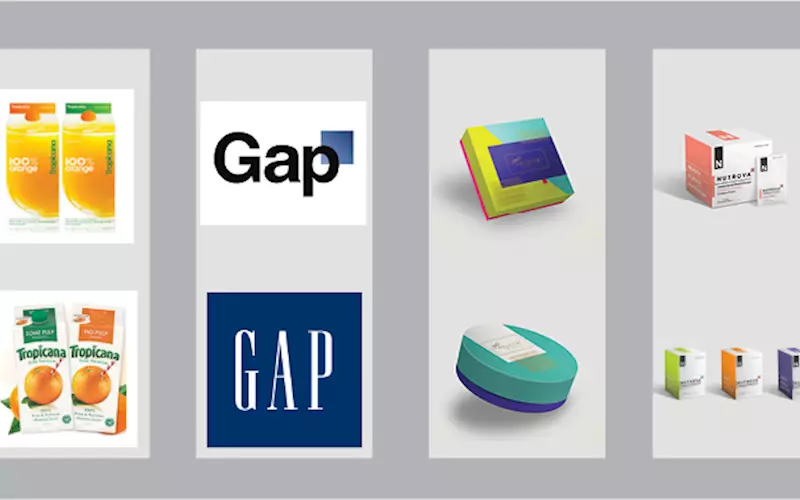Whether branding or the structure of the packaging comes first is something that has haunted designers from time immemorial. Here Bhavika shah attempts to demystify this and much more.
Branding is the unique logo, mark, visual, voice and story you want to convey to the world about your product. It is a promise. The packaging is a subset of that. Or is it? Is the packaging secondary to the brand? Or is it the experience of the promise made?
Should the packaging be considered only after the branding is in place – or is it a simultaneous process? Who decides this? Does the design house, printer, marketing executive or product manufacturer take these decisions?
Definitions and ruminations
As mentioned, branding is the logo, symbol, visuals, communication, voice and story of your brand. Packaging is the art, science and technology of enclosing and protecting products for transportation, distribution, selling and use. One might be under certain misconceptions for both these processes. The most common one is that branding is the more emotional practice, whereas packaging is the more technical of the two.
This misconception exists because with branding you are appealing directly to the end consumer and with packaging, many falsely believe; you are not. Branding a product is done taking into consideration the target audience, the most critical factor in making decisions that shape the look, feel and overall voice of the brand. This gives branding executives and strategists the coveted moniker of ‘people’s persons’.
Packaging, on the other hand, apparently concerns itself with more logistical and practical problems; shipping, storage, display and ease of use. These appear to be more technical problems that ‘people’s persons’ need not concern themselves with. These are mostly technical issues that those not gifted with creativity or empathy can tackle.
This, however, is a gross misunderstanding. Yes, branding requires creativity, empathy and excellent communication skills, but so does packaging. “Thinking” design encompasses both. Packaging has the power to augment a consumer’s experience of your product; it can make the experience smoother or more tedious. It takes a lot of communication skills to design for packaging, and this is the last piece of marketing before your product is picked up and bought by the end consumer. Packaging combines the logical thinking of your left brain as well as the creative skills of your right brain and should never be considered secondary in any branding or re-branding venture. Remember the time you just cannot open a packet and how frustrating that can be – it can kill the brand for you.
Also, focusing on branding without a focus on packaging, and vice versa leads to a disconnected design. Many times, designers give their heart and soul to the logo design, only to find that it is not implementable with the packaging, and does not fit the very same designer’s vision for the packaging. Hence, when packaging is left for phase two, it is sometimes impossible to reconcile the branding direction and packaging design.
A brief look at a few case-studies
Tropicana trouble
One of the most notorious examples of packaging affecting sales is the Tropicana redesigning its packaging. Tropicana changed its carton’s design, from the orange with a straw to a massive glass of orange juice. The fonts became much more minimal, and the logo moved from the approachable, friendly and rounded ‘Tropicana’ to a cleaner, albeit colder, Sans Serif. This wreaked havoc on sales as consumers could not identify with the new packaging, and many thought it was a cheap copy of the original Tropicana.
GAP
GAP decided to redesign its logo and launch it during the hectic Christmas season of 2010. It did so without any warning and discarded the iconic logo that had served them for 20 years. It switched from a sturdy design of GAP written in tall Serifs enclosed in a square, to a blockier Sans Serif with a smaller square fading away towards the end. Consumers felt disconnected from the brand and GAP suffered millions in losses in only six days until they went back to their original logo.
Felicita
Felicita is a gourmet chocolate company that works with delicious ingredients to create cacao masterpieces. The gourmet experiences, as well as the unique flavours, are augmented with Felicita’s beautiful packaging, which is both elegant and eye-catching.
Nutrova
Nutrova is a nutra-ceuticals company that specialises in nutrition supplements for better health. It packaging and branding are based on the values of trust, safety and honesty. The brand values shine through It clean, minimal packaging and indeed instill the values of trust and safety in the eyes of the consumer.
Working together
The ideal scenario for any branding project is the harmony between the branding and packaging, and both working in conjunction to create a beautiful clear brand vision. A beautiful logo, custom logo type, a lucid logo symbol, brilliant copy, and unique brand voice are all worth nothing if the packaging doesn’t effortlessly fit into the overall brand vision. The packaging, after all, is the element with the pickup value.
A consumer in a supermarket will be attracted to beautiful, lucid packaging from the corner of his/her eye, and then pick up the product, and only after this will he/she stop to admire the logo and read the copy. Packaging has the potential to differentiate between a purchase and non-purchase and hence should not be approached from a purely ornamental point of view. Also, it cannot only be creative and aesthetic. If the packaging is not easy to use or designed thoughtfully keeping the ergonomics in mind, consumers will avoid using it again.
Packaging, when aligned well with the branding, also adds to the trust value of the products. Consumers can identify a clear brand, rather than a confused one that communicates different things. Trust is especially important when designing for products such as food or jewellery, where sound quality is of the utmost importance for health and wallet.
In conclusion
There is no chronology in creating a brand. The sooner designers learn to design with a holistic vision in mind, the sooner they will build coherent, connected brands. This includes thinking about the packaging when branding a project. You need not implement it side-by-side; however, it is essential to have packaging ideas in mind and understand how well they will relate to your brand. Both are extremely important to create a great, memorable brand, and both should be given equal importance and thought through together.
(This article was conceptualised by Bhavika Shah and written by Trishala Patel)















 See All
See All